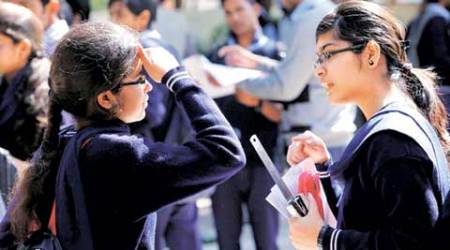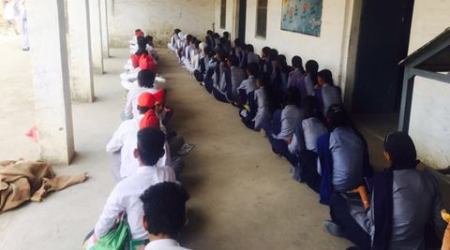THE state government has initiated an inquiry into admissions under the Right to Education Act’s 25 per cent reservation in self-financed schools for economically weaker section (EWS) and disadvantaged groups. “All district and taluka primary education officers have been directed today to verify all admissions done this year under the RTE Act’s 25 per cent reservation,” Education Minister Bhupendrasinh Chudasama said.
“Parents belonging to the EWS and disadvantaged groups had recently complained that those who have availed admissions under this quota have cars and big houses,” he added.
Though there has not been confirmation of such cases either by the Education Department or by the private schools, the state government has decided to undertake such a drive.
The admission under the RTE’s 25 per cent reservation was completed in Gujarat on June 1. A total of 48,415 admissions were made across the state under this category. The deadline was extended twice due to a large number of objections received from the applicants.
Out of 81,258 applications received by the department on its online portal, 64,872 admissions were allocated to the applicants.
In Gujarat, there are 11 different categories identified as EWS and disadvantaged groups. These are orphans, children in need of care and protection, children from child-care institutes, child labour/migrated children, mentally-challenged/cerebral palsy children, children with special needs, HIV-affected children, SC/ST, SEBC/OBC, BPL and General category with low income.
Also, the state government has proposed to increase the amount reimbursed to private schools under this rule by Rs 3500. At present, the state government is re-imbursing Rs 10,000 annually to self-financed schools per child which was fixed in the year 2014, almost nine months after the 25 per cent reservation norm was notified in the state in June 2013. Another Rs 3000 was further added as re-imbursement amount in 2014, not to schools but to the disadvantaged and economically weaker section families for the ‘social inclusion’. This goes directly into the bank accounts of students. Thus, making a total cost burden of Rs 13,000 per child annually.

